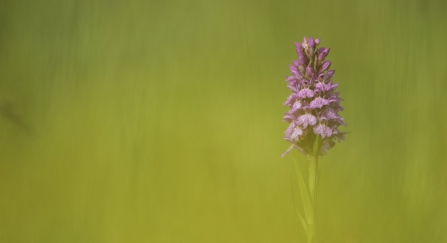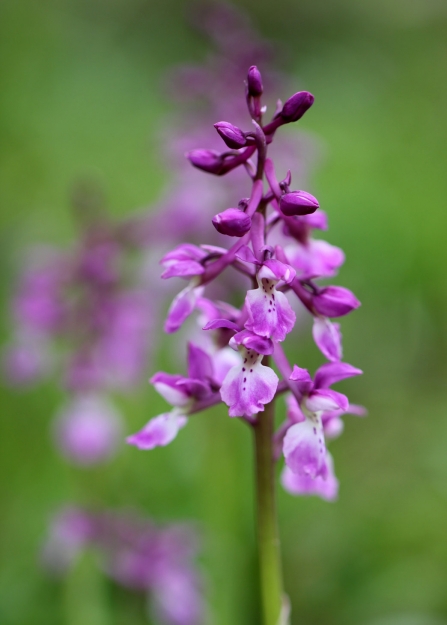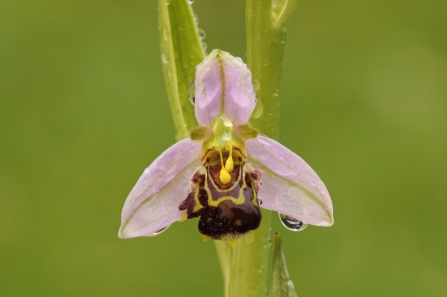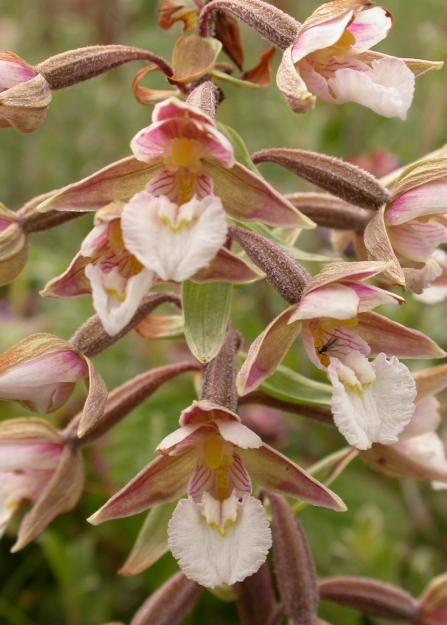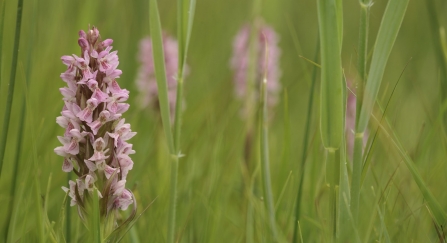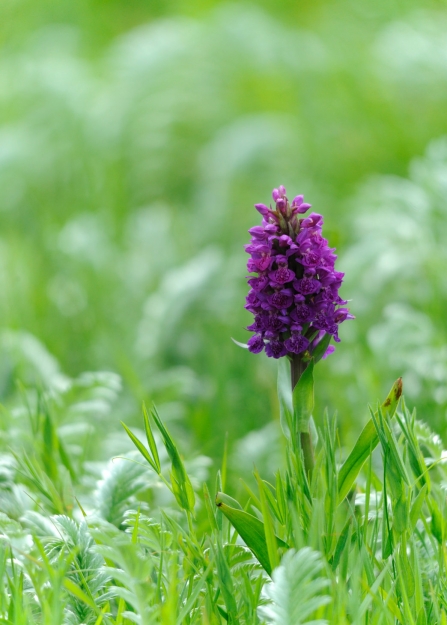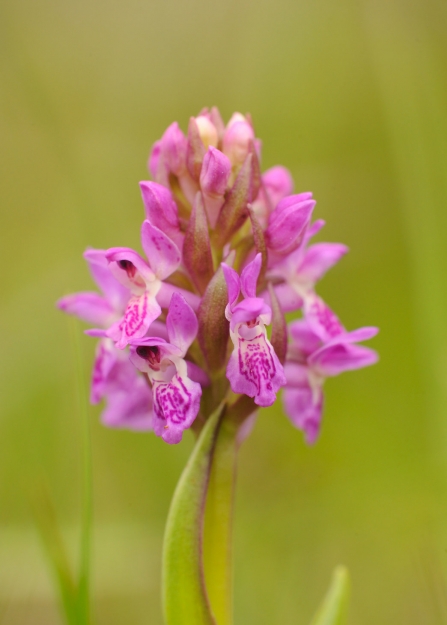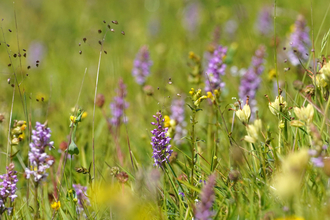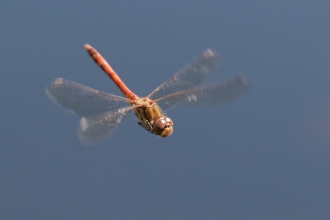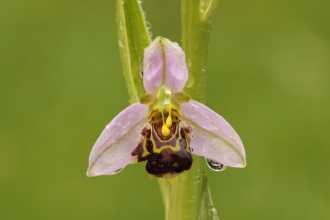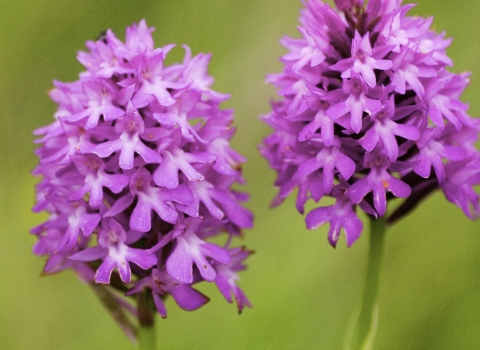Where can you see wild orchids in the UK?
Wild orchids grow in a range of habitats including wildflower meadows, woodland, road verges, sand dunes and disused quarries. Each species of orchid has its own habitat preference and they flower at slightly different times of the year. In general, June is peak orchid season in Lancashire, Manchester and North Merseyside, with the majority of our common species in flower.
Are wild orchids protected in the UK?
Like all wildflowers, orchids are protected under Section 13 of the Wildlife and Countryside Act (1981). This means that it’s illegal to intentionally uproot any wild plant without authorisation. Some very rare orchids, like the lady’s slipper, have additional protections which safeguard not only the plants themselves but also their seeds and spores from intentional picking, uprooting or destruction.
Wildflowers are best enjoyed in their natural setting, where others can also appreciate their beauty and they can thrive alongside the wildlife that depends on them.
How do I identify a wild orchid?
Our regions orchids come in a dizzying array of shapes, sizes, colours and patterns that can help you identify them when you’re out and about. Here are seven species you can spot at our nature reserves.


